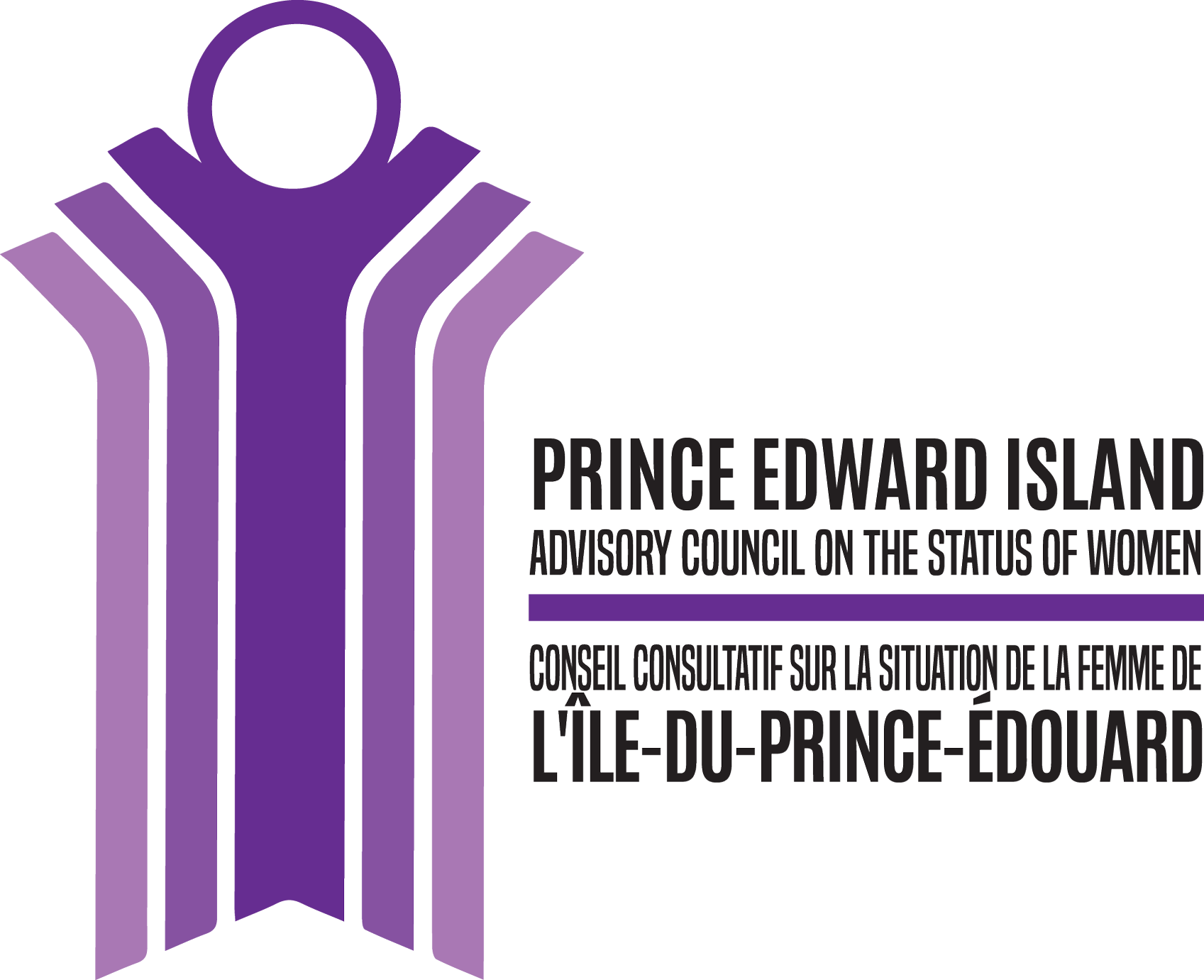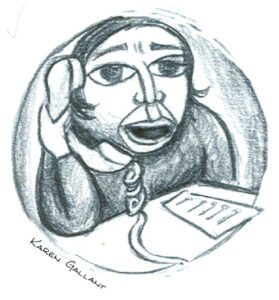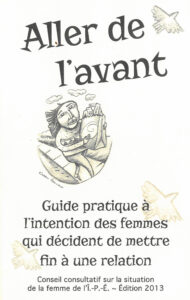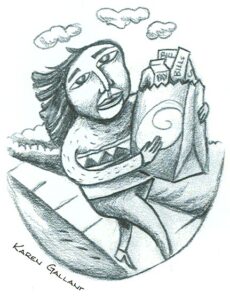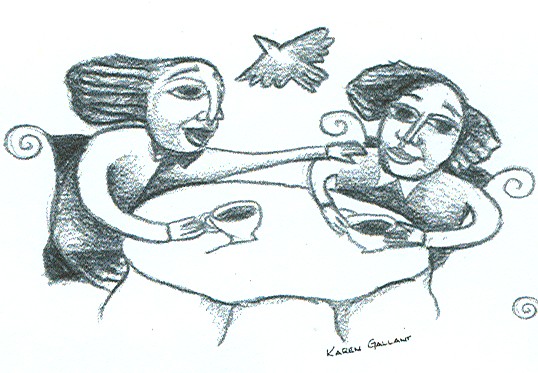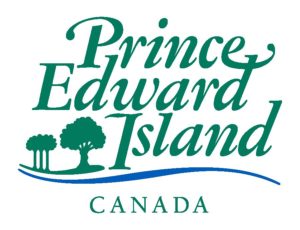In the late 1990s, for many people facing the end of a relationship, the steps to getting help and making a plan were not so clear. The first statistical profile of PEI women, published by the Interministerial Women’s Secretariat in 1996, reported that from 1970 to 1990 in PEI, the rate of marriages ending in divorce quadrupled. And that statistic only captured formal marriages and divorces (which at the time excluded same-gender relationships), and not common-law relationships or any of the kinds of situationships that could end in complicated, consequential ways for women’s finances, well-being, and legal rights.
Gender inequality in relationship break-ups was a prime focus for the PEI Advisory Council on the Status of Women from the time the Council was formed in 1975. Some of the Council’s earliest actions were to advocate for legal aid for family law and to seek reform to family law. In 1979, the Council reported, “The most significant step for Prince Edward Island women in their efforts to attain full equality during 1978-79 was the proclamation of the Family Law Reform Act on 1 January 1979. The act is based on the principle of marriage as an economic partnership. … We wish that the act had gone even further in recognizing women’s contribution to business as well as family — especially the family farm.” By 1990, Council viewed proposed amendments to the 1978 Family Law Reform Act as “a vast improvement for women.” By 2000, work was underway by the Province to establish a Family Law Centre, but women leaving relationships still did not know their legal rights or the pathways to support. The end of a relationship often plunged people into survival mode that made searching for help impossible.
Guided by the stories and experience Council and community members shared about their practical needs at the end of a relationship, Council’s ED Lisa Murphy began a project to publish a booklet to help. The first printing of Moving On: A Practical Guide for Women Leaving a Relationship was in 2001. It was published in French as Aller de l’avant : Guide pratique à l’intention des femmes qui decident de mettre fin à une relation. It featured black-and-white drawings by Karen Gallant and was available for free.
In 2002, advocacy for family law legal aid continued with a PEI Women’s Coalition coming together as a social justice and legal aid for women project, to compare PEI’s access to legal aid to other jurisdictions, and Council published a Policy Guide on Family Law, followed up by a progress report in response. Another 2000 copies of Moving On were printed, due to high demand. The booklet continued to be free and distributed widely.
Moving On was updated in 2003, revised and reprinted in 2007, and revamped and reprinted again in 2013, with further updates gathered in 2019 that would have required major revisions. It became impractical to continue to update, revise, reprint, and distribute Moving On. Fortunately, there were more and other resources coming onstream for women and others leaving a relationship.
Below is one of the perennially useful checklists included in Moving On:
 Checklist: Preparing to Meet with a Lawyer
Checklist: Preparing to Meet with a Lawyer
You may wish to write down:
- When you and your partner married or started living together
- All the names of people living in your immediate family and their dates of birth
- Patterns of child care (who took care of the children)
- History of violence or abuse
- Financial status for you and your spouse
- If you are already separated, any issues or problems around custody and access
- Your and your spouse’s social insurance numbers (SIN)
- Information about your finances and marital property
Here are some questions you may want to discuss with the lawyer during the first visit:
- What are my options?
- Do I have to go to court, or can it be resolved outside of court?
- What is mediation and collaborative practice and are they a possibility for me?
- What is the process – where do we go from here?
- How long might it take?
- How can I prepare and protect myself in the early stages of separation?
- What about custody and access to the children?
- What about maintenance and child support?
- What about property rights?
- What are your fees? How much will it cost? How can I pay you?
